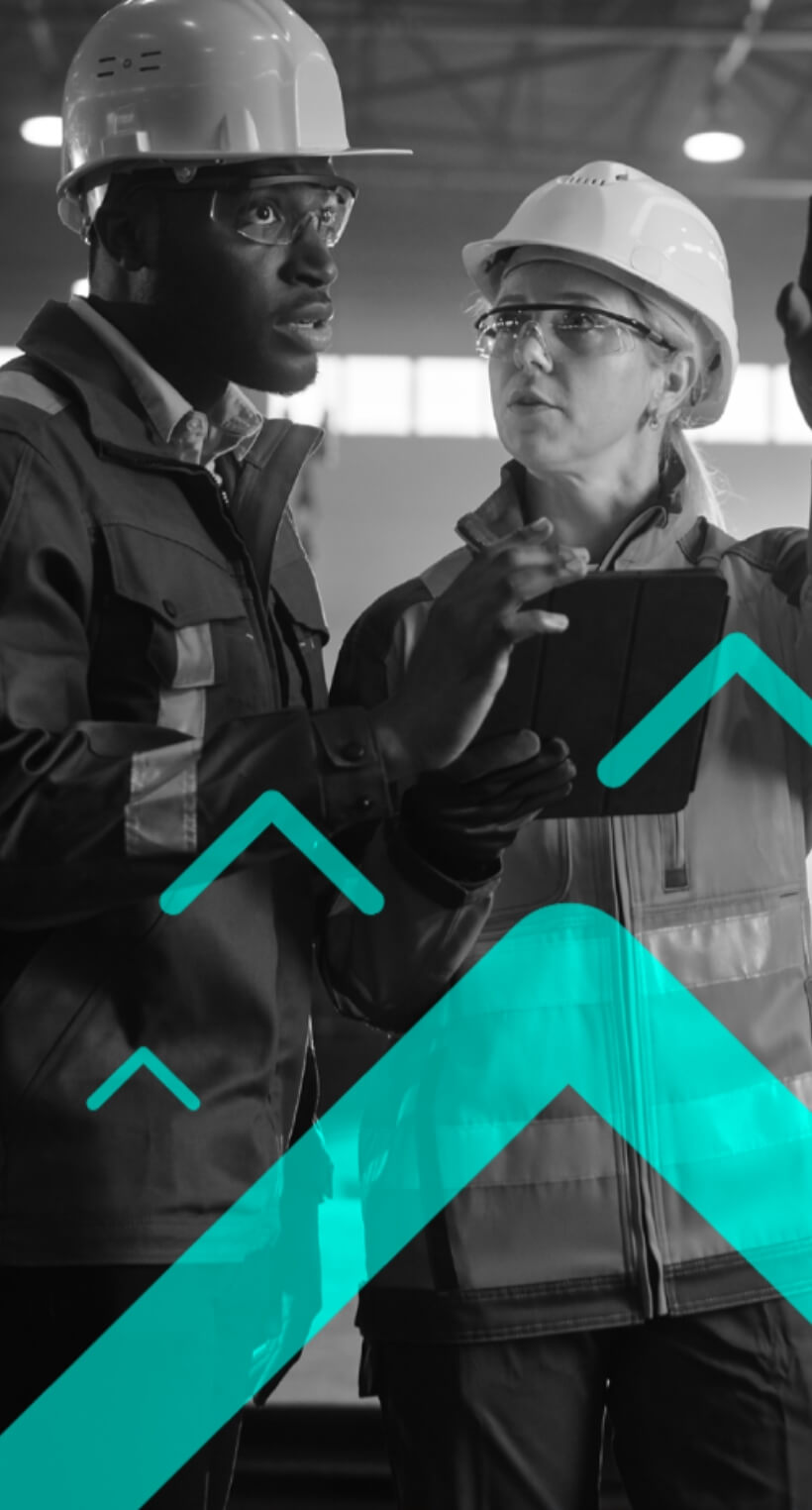Artificial Intelligence (AI) has gained widespread attention in the past few years, sparking curiosity among people from various backgrounds. However, numerous myths and misconceptions surrounding AI must be addressed. In this article, we will explore the limitations and possibilities of AI, separating fact from fiction.
Myth 1: AI Will Replace Human Jobs
There is a common misconception that AI will replace human jobs and lead to widespread unemployment. While it is true that AI can automate specific tasks, it is unlikely to replace human workers completely. Instead, AI is more likely to enhance human capabilities and create new job opportunities.
For instance, in healthcare, AI-powered diagnostic tools can assist doctors in making more accurate diagnoses, freeing up their time to focus on providing personalised patient care. Similarly, AI can handle repetitive tasks in manufacturing, allowing workers to take on more complex and innovative roles.
Myth 2: AI Is All-Knowing and Infallible
Another myth surrounding AI is that it is omniscient and incapable of making mistakes. While AI has made great strides in certain areas, such as identifying images and understanding human language, it still falls short of human-level intelligence.
AI systems learn from large amounts of data, which allows them to make predictions and decisions based on patterns in the data. However, the accuracy and diversity of this data greatly influence their performance. If the training data is incomplete or biased, AI systems can also be biased or make mistakes.
Myth 3: AI Is Only for Tech-Savvy Industries
Contrary to popular belief, AI is used in more than technology-driven fields. In fact, its applications are widespread and extend to various industries such as healthcare, finance, education, and transportation. By implementing AI, these industries have the potential to undergo revolutionary changes with improvements in efficiency, cost reduction, and decision-making processes. For example, AI-powered tutoring systems can provide customised learning experiences for students by adapting to their unique needs and learning pace in the education sector. Additionally, in the financial industry, AI algorithms can sift through large amounts of financial data to identify patterns and anomalies, assisting in detecting fraud and risk assessment.
Myth 4: AI Is Only for Large Companies
There is a widespread belief that only large corporations with vast resources can access AI technology. However, the reality is that AI is becoming more accessible and available to businesses of all sizes. Now, many AI tools and platforms on the market cater to the needs and budgets of small and medium-sized enterprises (SMEs). For instance, cloud-based AI services allow SMEs to utilise AI capabilities without investing significantly in infrastructure or expertise. This enables them to automate routine tasks, personalise customer experiences, and gain insights from data, effectively levelling the playing field with their larger competitors.
Myth 5: AI Is A Threat To Humanity
One of the most sensationalised misconceptions about AI is that it poses an imminent threat to humanity. This fear has been perpetuated by science fiction movies and doomsday scenarios portrayed in popular culture. However, the reality is much more optimistic than this apocalyptic vision.
AI is a human-made tool, and its impact on society relies heavily on our decisions and actions. Therefore, we must consider ethical implications and employ responsible development practices to ensure that AI benefits rather than harms humanity. By maintaining control over AI systems and using them in alignment with our values, we can harness their potential to drive positive change and propel us forward.
Debunking AI Myths with Real-World Examples
Now that we have explored some common myths about AI let’s delve into real-world examples to debunk these misconceptions and shed light on what AI can and can’t do.
AI Can:
- Enhance productivity and efficiency in various industries.
- Assist in data analysis and decision-making.
- Automate repetitive tasks, freeing up human workers for more complex work.
- Personalise experiences for customers and end-users.
- Improve accuracy and speed in image recognition and natural language processing tasks.
AI Can’t:
- Fully replicate human intelligence and emotions.
- Make moral judgments or ethical decisions.
- Replace the need for human creativity and intuition.
- Operate independently without human oversight.
- Learn or adapt beyond the scope of its training data.
Conclusion: Embracing The Reality Of AI
As we have explored the limitations and possibilities of AI, it becomes clear that AI is not a magical cure-all nor a looming threat. Instead, it is a powerful tool that can enhance human abilities, increase efficiency, and drive innovation in various industries. By dispelling common misconceptions about AI and understanding its true potential, we can welcome it as a transformative force and utilise its advantages for the betterment of society. Let us approach AI with open minds and responsible practices, ensuring it aligns with our values and contributes to the greater good. Together, humans and AI can create a future where technology improves our lives, empowers us, and promotes progress.
;)
;)
;)